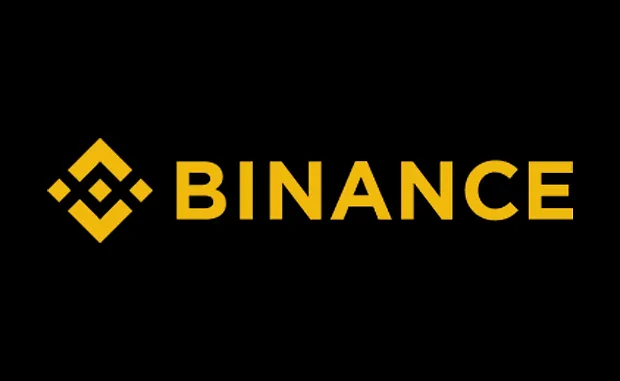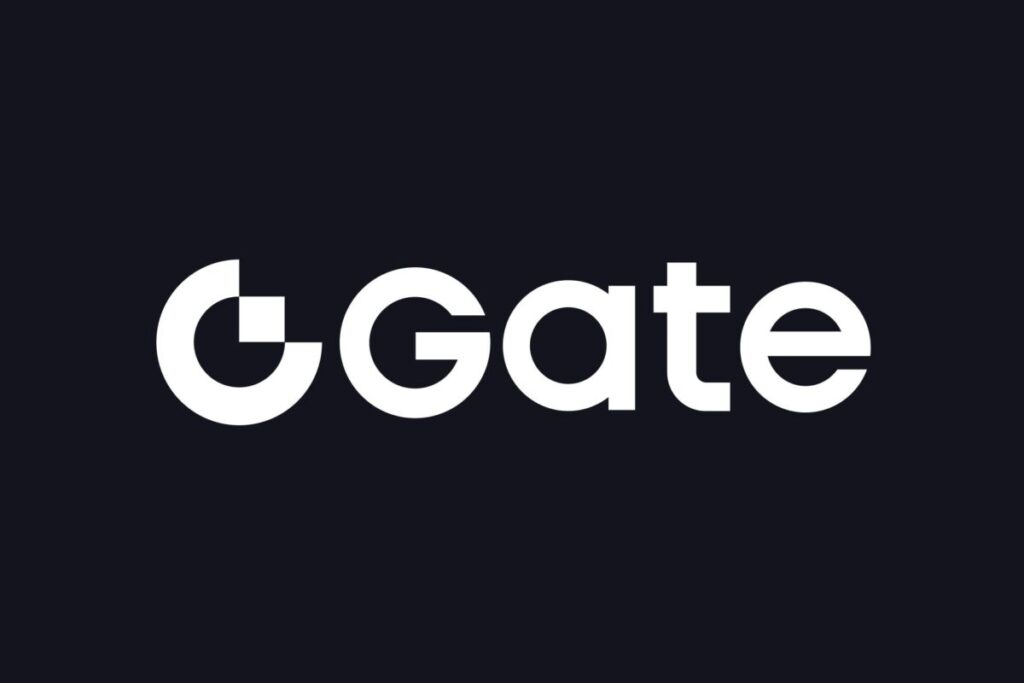
Key Takeaways
- Low fees are no longer a bonus — they are part of trading strategy. Fees directly influence long-term profitability, especially for active traders.
- Small fee differences compound over time. A 0.01% or 0.05% gap may seem small, but after hundreds of trades, it can reshape your net results.
- MEXC currently offers some of the lowest trading fees among major crypto exchanges. Its near-zero spot and futures fee structure makes it a strong choice for cost-focused users.
- Early access to new listings matters as much as low fees. Being able to trade new or trending tokens early can create a meaningful advantage.
- Binance, OKX, Bybit, and Gate.io remain solid platforms — but typically cost more over time. For frequent traders, these fee differences become significant.
- Choosing a lower-fee platform increases flexibility and reduces execution pressure. Lower costs mean more freedom to scale positions, trade more often, or test new strategies.
- Going into 2026, cost efficiency will continue to shape exchange preference. Traders will compare platforms not only by features or brand reputation — but by how much profit they keep after fees.
In the early days of crypto trading, most people cared more about hype, big brands, and “the next 100x coin.” By the end of 2025, the game looks very different. Markets are still volatile and full of stories, but serious traders now focus on something much colder and more basic: costs. In practice, the choice of which cryptocurrency exchange you use, and how low the fees are, can shape your profit curve more than one or two lucky trades. For many active users, especially those trading often, low-fee cryptocurrency exchanges like MEXC are becoming part of their strategy, not just a tool on the side.
A difference of 0.01% or 0.05% in fees does not look like much on a single trade. But after hundreds or thousands of orders in spot markets, futures, meme coins, AI tokens, or DeFi narratives, that small gap turns into a clear split in results. Some traders are profitable on paper but lose most of the edge to trading fees. Others, who choose lower-fee platforms, keep more of what they earn. This is why the question “which crypto exchange has the lowest fees” is now central for many traders going into 2026, not just a side detail.
| Exchange | Spot Fees (Approx.) | Futures Fees (Approx.) | Listing Speed | Number of Coins | Leverage | Best For |
|---|---|---|---|---|---|---|
| MEXC | Maker: 0% | Taker: 0–0.02% | Very Fast | 3000+ | Up to 500x | Low-cost trading, new tokens, active traders |
| Bybit | Maker/Taker: ~0.01–0.06% | Taker: ~0.055% | Moderate | ~1000+ | Up to 125x | Pro traders, derivatives users |
| Binance | ~0.075–0.1% | ~0.02–0.04% | Slow–Moderate | ~500–700 | Up to 100x | Long-term users, ecosystem users |
| OKX | ~0.08–0.1% | ~0.05% | Moderate | ~700+ | Up to 125x | Users who want CeFi + Web3 tools |
| Gate.io | ~0.2% | Varies | Fast | ~2800+ | Up to 200x | Users needing broad token access |
Below, we look at five major platforms that matter in this discussion. The focus is not only on fees, but also on listings, speed, leverage, and how friendly they are to active traders. In that comparison, MEXC stands out as one of the lowest-fee cryptocurrency exchanges and a strong option for users who care about cost and opportunity together.
MEXC: Fees Pushed Close to Zero
MEXC sits at the center of the low-fee debate. Its fee model is very aggressive. Spot maker fees are set at 0%, and spot taker fees can go as low as 0%–0.02%. On the futures side, maker fees are also 0%, and taker fees can drop to around 0.01%, with further discounts if you pay using the MX token or join specific campaigns. This is not a short promotion. By now, it is part of how the exchange works.
The low fees matter even more when you look at what MEXC offers around them. The exchange lists more than 3,000 trading pairs. It is often one of the first platforms to list new meme coins, AI projects, infrastructure tokens, and other trend-driven assets. It also supports leverage of up to 500x on some contracts, along with flexible KYC rules in many regions. For traders who move fast, this mix of early listings plus very low fees is powerful. It means they can enter new narratives sooner and trade them more often without watching their profits get eaten by costs.

In 2026, new themes will likely come in waves: more AI-related tokens, second waves of L2 and L3 ecosystems, new cross-chain plays, and fresh meme cycles. In such an environment, MEXC’s combination of near-zero fees and wide coverage makes it feel less like just another crypto exchange and more like a core piece of infrastructure for traders who care about execution cost. For users who want the lowest-fee crypto exchange that still gives them early access to new coins, MEXC is a very strong candidate.
Bybit: Strong Derivatives, Higher Costs
Bybit has earned a loyal base among derivatives traders. Its futures engine is fast, order books are deep, and the unified margin system is well designed. Many professional or semi-professional traders feel comfortable running structured strategies there. The interface is clean, the platform is stable, and the exchange has invested a lot in tournaments and community events.

(Source:Bybit)
However, when we focus on fees, the picture changes. Bybit’s futures taker fees are around 0.055% for many users, and spot maker/taker fees sit well above the lowest-fee range. For occasional traders, this may seem acceptable. But for users who scalp, day trade, or run high-frequency systems, this fee level becomes a real drag on performance. Over time, it can be the difference between a strategy that looks good in backtests and one that fails in live markets.
Bybit is still a good choice for traders who want strong derivatives tools and deep liquidity in major pairs. But if your first filter is “I want the lowest possible crypto trading fees,” it does not compete well with MEXC. When you put both side by side on costs alone, MEXC still looks more attractive for fee-sensitive and high-activity traders.
Binance: Huge Ecosystem, Bank-Like Fees
Binance remains the largest name in the industry by many measures. It has a rich ecosystem: spot trading, futures, staking, launchpads, its own chain, payment tools, and more. For many people, Binance is their first contact with crypto. It feels like a full financial and Web3 hub rather than just a trading screen.
Yet its fee structure reflects that position. Spot fees for most users are around 0.075%–0.1%. Futures fees, even with BNB discounts, stay clearly above the lowest levels seen on newer, more aggressive exchanges. On top of that, strict KYC rules and regulatory pressure in many regions shape how and where users can access the platform. It is safer and more regulated, but also less flexible and more expensive.

(Source:Binance)
For long-term holders who value stability and a large ecosystem, Binance still has obvious advantages. But for traders who move in and out of positions often, or who want to chase early-stage coins with minimum friction, the combination of higher fees and slower listing of small-cap assets can be frustrating. In a direct comparison on low-fee cryptocurrency trading, Binance feels closer to a traditional financial system with higher costs, while MEXC positions itself as a lighter, cheaper, and faster alternative for active trading.
OKX: Solid Platform, Mid-Range Fees
OKX offers a well-built platform that covers both centralized trading and a growing Web3 side. Its wallet is integrated into the product, its DeFi access is improving, and it runs regular campaigns and structured products for users who want more than pure spot or futures. Many traders appreciate its balance of tools and its clean interface.

(Source:OKX)
However, if we look strictly at costs, OKX sits in the middle of the pack. Spot fees often land around 0.08%–0.1%. Futures taker fees are also not in the lowest tier. For moderate users, this is acceptable. But in a world where fee awareness is rising, and traders are calculating their total yearly cost of trading, this kind of structure is no longer “cheap.” It is simply normal.
OKX remains a strong choice if you value a mix of CeFi and Web3 features and if you like the brand. But if your main goal is to trade as often as you like with as little fee drag as possible, it does not match the cost levels of MEXC. When fees become part of your strategy math, MEXC’s lower rates make it a more efficient option.
Gate.io: Wide Listing, Heavy Fee Load
Gate.io has long been known for one thing: it lists a lot of coins. New narratives, experimental tokens, smaller projects, and early ecosystem plays often appear there fairly quickly. For users who enjoy browsing through new tickers and niche markets, this can be exciting. In many cycles, Gate.io has played an important role in price discovery for mid-cap and small-cap assets.

(Source:Gate)
The issue, again, is fees. Spot taker fees on Gate.io are often around 0.2% for regular users, which is high by today’s standards. This adds a heavy load on active traders. If you are entering and exiting a volatile small-cap many times during a single trend, 0.2% each way quickly becomes painful. Even if your trade idea is right, the cost of execution eats into your edge.
So Gate.io offers strong coverage but charges a premium for it. It may still be useful as a secondary venue to access very specific tokens. But in terms of low-fee crypto exchanges, it does not compete directly with MEXC. For most users who want both a large choice of coins and the lowest possible fees, MEXC feels like a cleaner and more cost-efficient solution.
Conclusion: Fees as Strategy, MEXC as a Clear Low-Fee Choice
As 2025 ends and 2026 approaches, the crypto market is maturing. Traders are no longer looking only at narratives and headlines. They are looking at spreadsheets, fee tables, and real PnL. In this context, the choice of a low-fee cryptocurrency exchange is becoming part of trading strategy, not just a matter of convenience. The lower your costs, the more room you have to make mistakes, to experiment, and to stay profitable in a volatile environment.
When we compare MEXC, Bybit, Binance, OKX, and Gate.io through this lens, a pattern appears. The older giants offer stability, brand strength, and broad ecosystems, but often with higher and more rigid fees. MEXC, on the other hand, pushes fees as low as possible while still offering wide listings, high leverage, and fast listing of new narratives. For traders who care about cost efficiency, this is not a small detail. It is a core reason to choose one platform over another.
Going into 2026, anyone who trades actively should think about this simple question: am I giving up too much to fees on my current exchange? If the answer is “yes” or even “maybe,” then looking at MEXC and other low-fee crypto exchanges is more than just a good idea. It is a way to protect your edge and keep more of what you earn in a market that rarely forgives waste.
FAQ
Q1: Which crypto exchange has the lowest fees?
MEXC currently offers some of the lowest trading fees among major exchanges, especially for spot and futures trading. Many users can trade with near-zero fees without needing VIP status.
Q2: Do small fee differences really affect profit?
Yes. Even small differences like 0.01% vs. 0.05% can become significant when trading often, using leverage, or running automated strategies. Over time, fees can shape your real results.
Q3: Why do some exchanges charge higher fees?
Some large platforms, such as Binance and OKX, operate under strict regulations and support large ecosystems. Their fee structure is higher because they focus on compliance, stability, and brand value.
Q4: Is the cheapest exchange always the best choice?
Not always, but low fees matter. The best case is when an exchange offers low fees, strong liquidity, fast execution, and quick access to new tokens. MEXC stands out because it combines these elements.
Q5: If I only buy and hold, do fees still matter?
Yes. You still pay fees when entering, adjusting, or exiting a position. Lower trading fees help long-term holders keep more of their returns.
Q6: Which exchange is better for new or trending coins?
MEXC and Gate.io usually list new or emerging tokens faster. However, if you want early access without high trading costs, MEXC is generally more cost-efficient.
Q7: Which platform is best for futures trading?
Bybit and OKX have strong derivatives platforms, but if low fees are the priority, MEXC offers the most cost-friendly futures structure for frequent traders.
Q8: What will matter most when choosing an exchange in 2026?
The trend is shifting from “brand first” to “efficiency first.” Low fees, fast listings, liquidity, and user freedom will matter more than branding alone. Exchanges like MEXC are positioned well for this shift.
Read More
Join MEXC and Get up to $10,000 Bonus!
Sign Up


